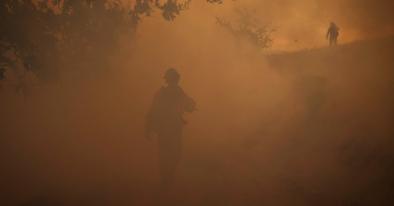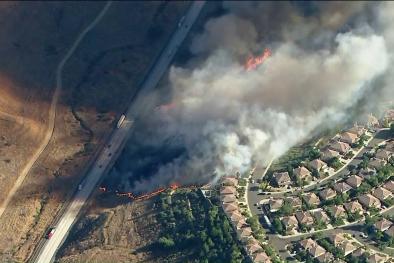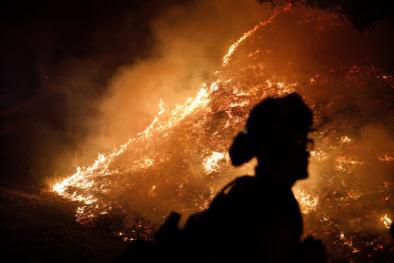Science Source
The effectiveness of vegetation management practices for prevention and control of bark beetle infestations in coniferous forests of the western and southern United States
- States that insects are major components of forest ecosystems, representing most of the biological diversity and affecting virtually all processes and uses
- States that in the USA, bark beetles (Coleoptera: Curculionidae, Scolytinae) heavily influence the structure and function of these ecosystems by regulating certain aspects of primary production, nutrient cycling, ecological succession and the size, distribution and abundance of forest trees
- States that the purpose of this report is to review tree and stand factors associated with bark beetle infestations and analyze the effectiveness of vegetation management practices for mitigating the negative impacts of bark beetles on forest ecosystems
- Describes the current state of our knowledge and identifies gaps for making informed decisions on proposed silvicultural treatments
- Draws from examination of 498 scientific publications (many of which are cited herein) on this and related topics
Related Content
Headline

Nov 5, 2019 | The New York Times
5 Lessons We Learned From the California Wildfires
Headline

Oct 31, 2019 | The Weather Channel
Two New California Wildfires Burn Homes In San Bernardino, Riverside; Evacuations Underway
Headline

Oct 29, 2019 | BNN
California Fire Damage Already at $25.4 Billion, and Counting
Headline

Oct 29, 2019 | The Mercury News
California fires: Is climate change making the winds stronger?


